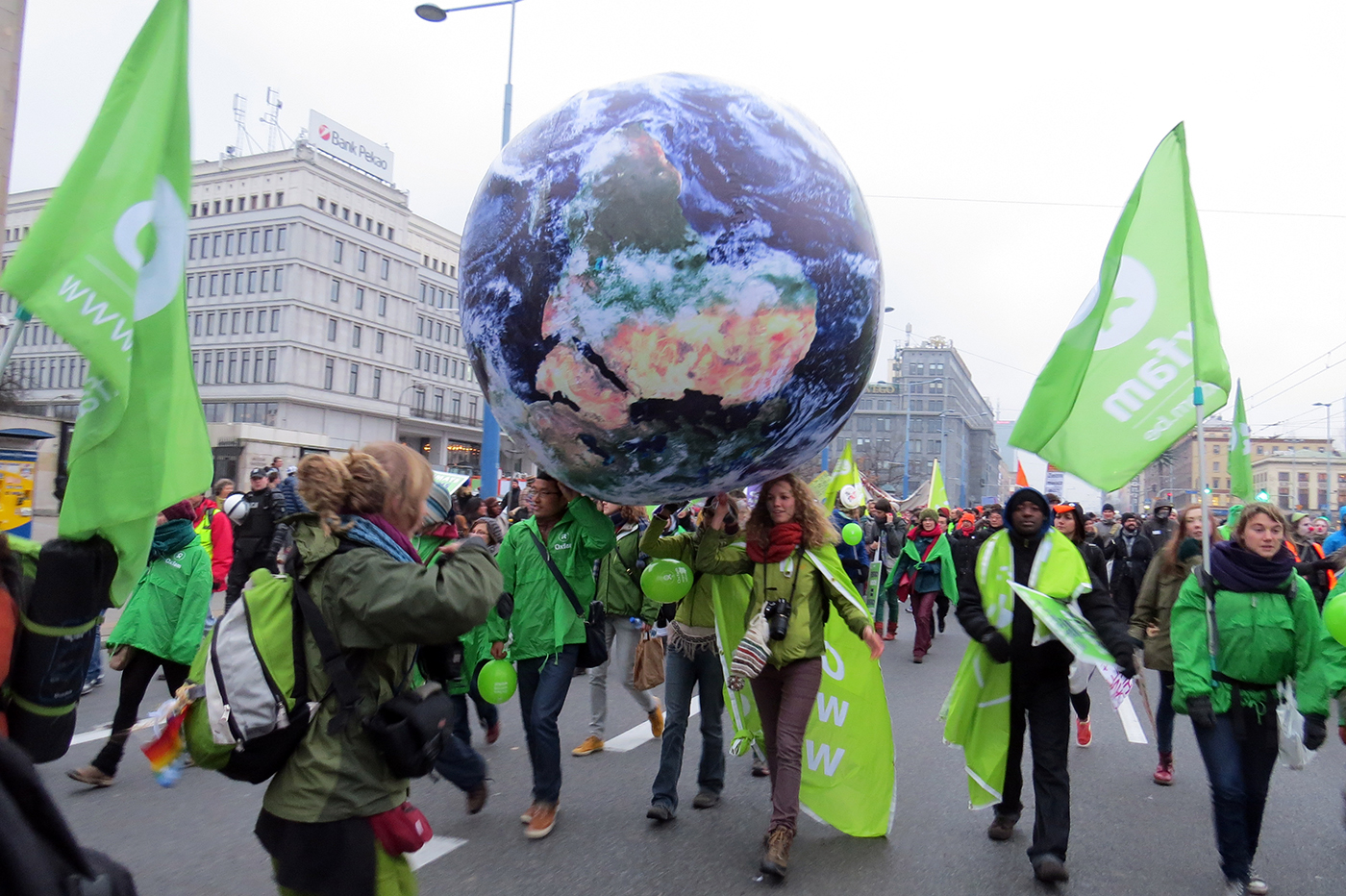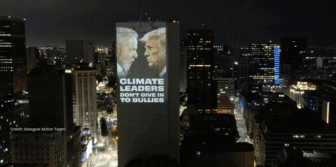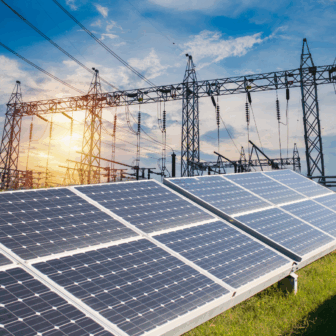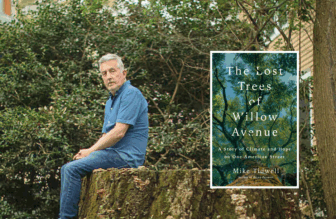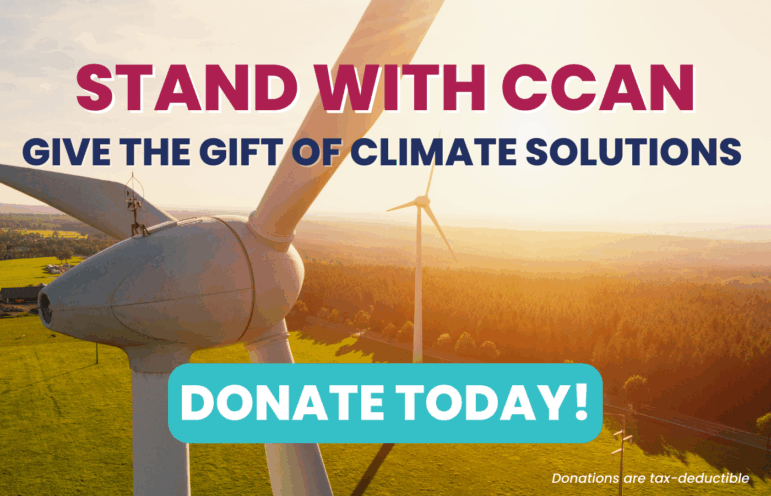We had a busy November here at CCAN! Your Weekly Climate Insider has taken a hiatus as we’ve been traveling around Maryland and Virginia for some big fall events! The Maryland Crossroads Tour and Safe Coast Virginia Conference were great successes!
After a disappointing (albeit unsurprising) lack of progress at the Warsaw climate talks, Activists and grassroots organizers from around the world protested the talks. Greenpeace Germany’s Martin Kaiser believes “”The climate conference in Warsaw was a waste of energy.”
In addition, The Guardian reports that “around 800 people from organisations including Greenpeace, WWF, Oxfam, 350.org, Friends of the Earth, the Confederation and ActionAid, handed back their registration badges to the UN and left Poland’s national stadium, where the talks are being held.” German environment minister Peter Altmaier also had some strong words for the US and China. Altmaier demanded real action on climate change by the industrialized nations before climate talks in Paris in 2015.
Germany is known to be ahead of the curve on environmental issues. An example of its progressive environmental politics is the south-western city of Freiburg, located on the edge of the Black Forest which has recently been getting international attention for its sustainability and smart urban planning. The city has had “the Green Mayor,” Dieter Salomon, at its helm since 2002. As early as 1986, Freiburg made the decision to wean itself off of fossil fuels and nuclear power and make the transition to renewable energy. They’ve done a pretty good job.
A recent UK report shows that a green economy is a strong economy, according to The Guardian. As wetlands disappear, so does their flood preventing capacity. As water becomes more scarce, the price of doing business is driven up. The list goes on. Essentially, the narrative being pushed by dirty energy companies about clean energy being expensive and putting undue pressure on our economy is false; in the long run, investing in clean energy and a safe climate is the economically sound choice.
There are some cool projects underway in the States.
Welcome to fabulous (and solar powered) Las Vegas! A project proposed by environmental groups and funded by a private grant will rewire the iconic sign “Welcome to Fabulous Las Vegas” to be powered by solar energy by early next year. Here’s hoping the rest of the city follows suit; according to the NRDC, Nevada sees more than 250 days of sunshine each year and “has the greatest solar energy resources in the country.” Don’t worry, the solar panels that will power the sign won’t interfere with the thousands of pictures taken of it each year.
The federal government is expected to launch the offshore wind area lease process for Maryland in the coming weeks, with the auction expected in 2014. “A number of wind developers have expressed an interest in building projects off Maryland. Arcadia Offshore, Cape Wind developer Energy Management, EDF, and Fishermen’s Energy put their names next to the entire call area while RES Americas and Orisol said they’re interested in a portion of it. Bluewater, Seawind, Iberdrola and Maryland Offshore Wind have also expressed interest.” According to BOEM offshore renewable energy program manager Maureen Bornholdt, “we’re probably going to auction them off as more than one single lease area.” Which is good news, considering the power a single lease gives to one developer. We’re facing that very problem in Virginia where Dominion Resources leased the rights to offshore wind development but omitted any concrete plans to develop the wind area in its latest 15-year energy plan.
Al Jazeera America reports on the changing tide of wind energy in the U.S. in this piece. On our nearly 100,000 miles of American coastline, the U.S. has one single wind turbine powering five homes in Maine. “The Cape Wind team hopes to resolve a few remaining lawsuits by the end of the year. Other offshore developers “can’t wait for us to get going because they know it’s going to be a big help for them,” said communications director Mark Rodgers, who has been working on the project since 2002. “We’ve got to get out there and build this stuff.”
One of the themes at CCAN’s Safe Coast Virginia Conference November 16th in Norfolk was media coverage of climate change – how news coverage too often fails to connect the dots back to fossil fuels when covering climate impacts like flooding and sea-level rise and/or doesn’t prioritize climate change coverage in general. Unfortunately, by closing its environment reporting unit and dismantling its climate blog, he New York Times is pulling back just when they should be diving in. Media Matters released a new and very timely study showing that New York Times “climate change coverage dropped by one-third to 242 articles from April to September this year, compared to 362 articles during the same time period in 2012.”
Fracking is at the forefront of America’s climate fight. With a number of city-wide bans in Colorado and New York being challenged by natural gas companies across the country, we’re at a fracking crossroads. We face a choice between continuing down the path toward climate change by relying on dirty energy or changing course toward a clean energy future. Unfortunately, according to this study, an alarming number of Americans, 58%, have never heard of hydraulic fracturing, also known as fracking, and don’t know whether they support or oppose it.
Maryland is also at a fracking crossroads: that’s why, for the past month, we’ve been crossing the state to inform citizens about a proposed expansion of Dominion’s facility at Cove Point to liquefy and export fracked gas to Asia. And we’re not alone in this fight. CCAN has been joined across the state by faith leaders, small business owners, and community members to express their concerns about a plan that would cause a boom of fracking in Maryland. Even the Baltimore Sun has concerns about the project. And you can hear more from the Baltimore Sun’s Andy Green about the dangers of Dominion’s proposal and the need for a thorough Environmental Impact Statement on the project by listening to this WYPR segment.
